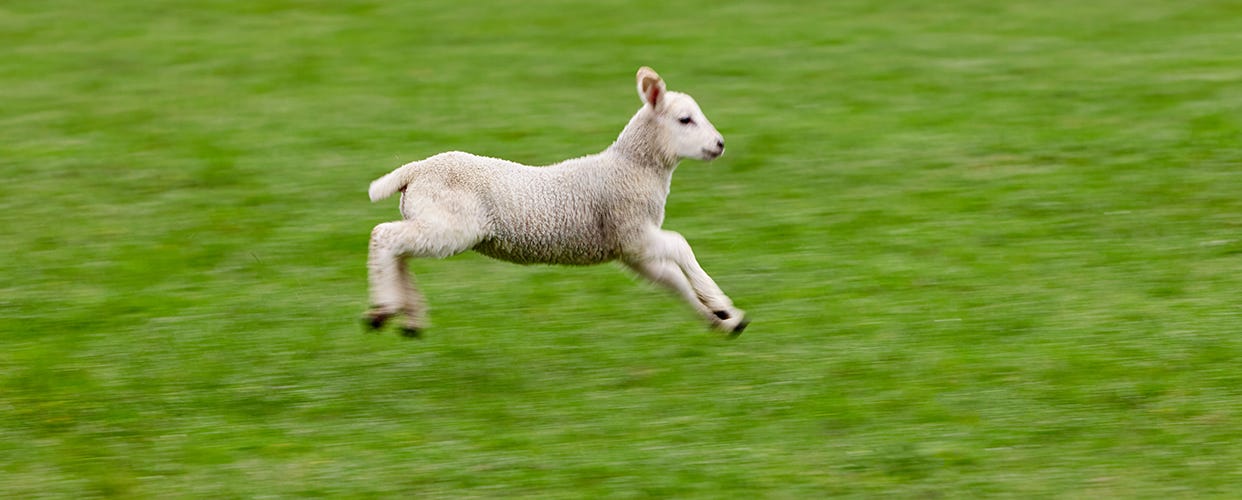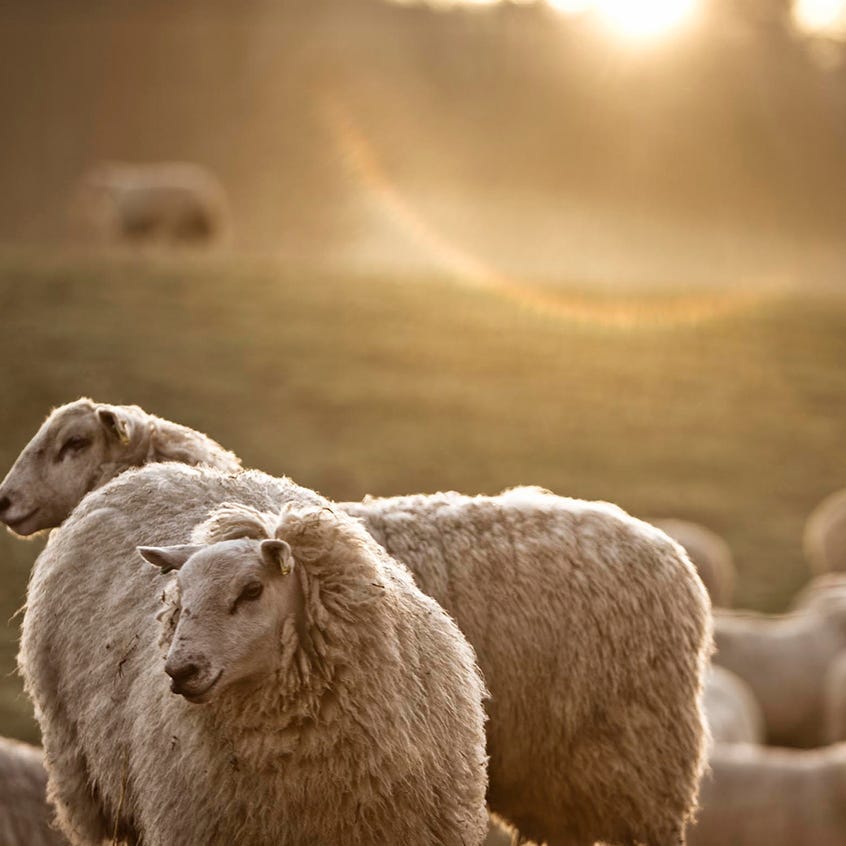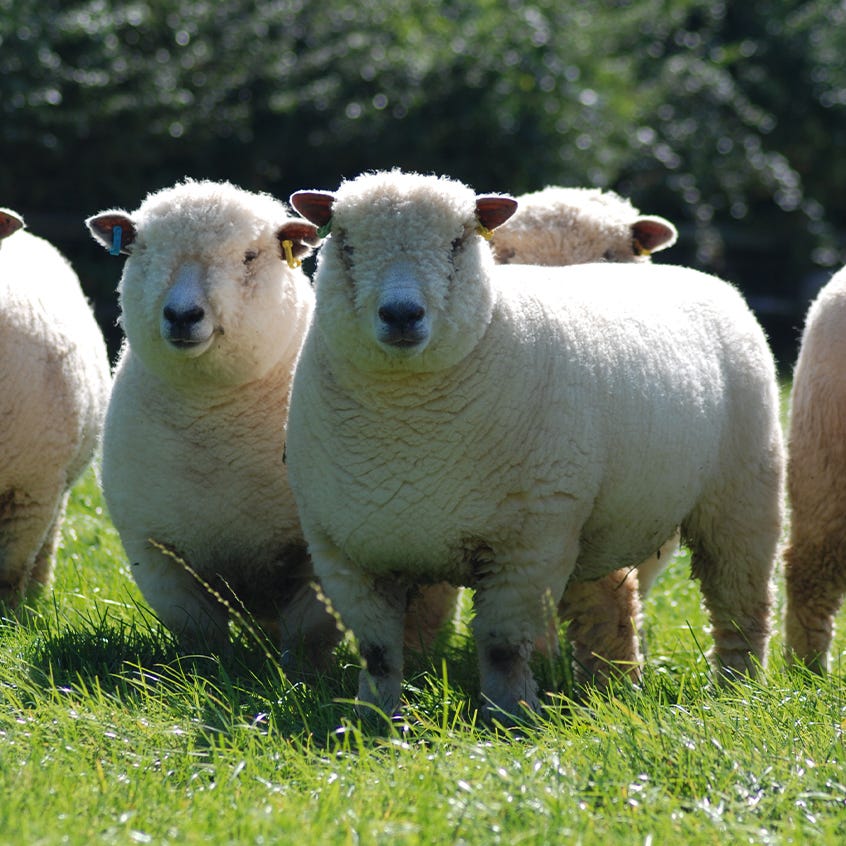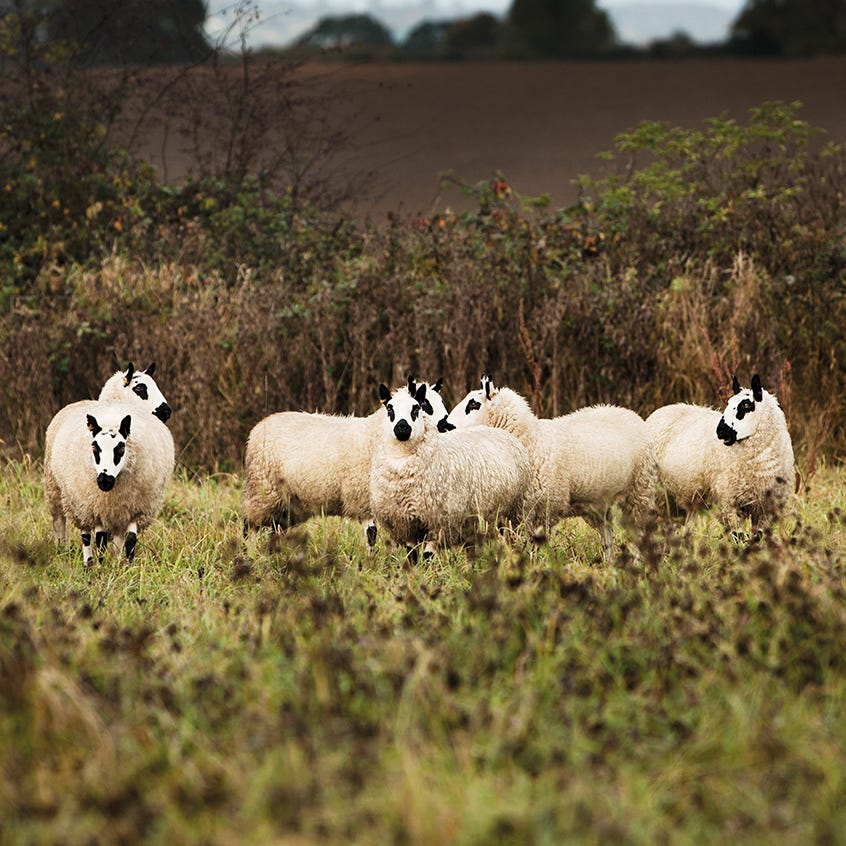
Lamb, hogget and mutton: what to know, when to buy and how to eat
What to know
Lamb, hogget and mutton are some of the most ethical, sustainable choices available for meat eaters. Traditionally, sheep are grazed on land which is not suitable for other agricultural uses – such as rocky hillsides with poor soil – and it makes sense to allow them to roam free. Sheep fatten up nicely by simply foraging in fields.
LAMB: a sheep up to 14 months old that hasn’t given birth, most commonly eaten from five months upwards. The meat is tender, with the fillet and rump being the most prized cuts. Traditional roast leg or shoulder will come from an animal this age.
MILK LAMB: 2 weeks-3 months old. Soft, tender texture and very subtle flavour.
SPRING LAMB: 3-7 months old. Tender texture and mild flavour.
WINTER LAMB: 10-12 months. Widely thought to be the best eating quality.
HOGGET: 15 or 16 months old. Darker meat with a richer, stronger flavour than lamb. Lends well to slow cooking, although hogget loin can be quickly pan-fried. The telltale sign of a true hogget are the first two teeth emerging.
MUTTON: 2-5 years. Very strong flavour and needs long, slow cooking to tenderise and break down the tougher meat fibres. We recommend asking your butcher how old the mutton is before you buy, to help you know what to expect regarding cooking time, flavour and texture.
Our Sheep Flocks
We choose pedigree and heritage breeds for their ability to thrive in an organic farming environment and produce super quality, tasting meat. They spend their entire lives out on the lush green pastures of our farm enjoying a 100% grass-fed diet.


COTSWOLDS
These longwool sheep are almost shaggy in appearance and are the traditional wool producing sheep of the Cotswolds. We have a very small flock to preserve and maintain the breed in its traditional region.
LLEYN
Our largest flock, we have over 3,750 Lleyns over our farms. A pedigree pure-breed developed on the Lleyn Peninsula in North Wales, they are known for their quiet nature, excellent white wool and their ability to be prolific mothers.




RYELANDS
Traditionally kept on lush, lowland pastures, they are famous for their abundant wool. Queen Victoria would only wear bed socks knitted from Ryeland wool! This breed produces a fantastic quality, flavourful and richly textured meat.
KERRY HILL
These distinctive, pretty sheep are easily recognised by their pricked black ears and black patches around the eyes and nose. Another pure-breed that we are passionate about preserving at Daylesford, they are flightier than our Lleyns but still make excellent mothers.


LAMBING SEASON
Come spring, it’s lambing season at Daylesford and the busiest time of year for our team of shepherds.
From mid-March, when our pedigree herds give birth to the farm’s first lambs, it is all hands on deck. The whole stock team will be on call 24 hours a day for the following month, while our flocks give birth to the next generation. At the peak of the lambing season, up to 150 ewes can give birth in any one day, meaning many new lives to care for.
At Daylesford all of our ewes lamb indoors, having been brought in over Christmas when the weather turns cold and grazing conditions diminish. We use ultrasound scanning to determine which sheep are expecting singles, twins, triplets or quads and then house them in separate lambing pens. This means our shepherds can keep a close eye on them just in case they need a little help.
New lambs are kept inside for 24 hours in maternity pens, to allow them to bond with their mothers and ensure both are healthy before being turned outside. We are lucky at Daylesford, that by running a closed flock — breeding entirely from our own stock — we minimise the risk of disease that might affect our lambs, a huge advantage at this time of year.
The biggest challenge is caring for ewes carrying triplets or quads. Often these lambs will be smaller and slightly weaker than twins or singles, so our shepherds may re-home lambs to ewes without so many mouths to feed.
Bringing our sheep in over the winter also means a well-deserved rest for our pastures, so that the grass is lush and nutritious when our lambs take their first steps into the fields.
We lamb all of our ewes in the spring, later than on many farms, so that they can be entirely fed on grass pasture. We don’t use nitrates or other chemicals to force early grass growth, preferring to lamb later and maximise our chances of a plentiful organic grass supply when our ewes and their new lambs need it most.
When To Buy
Although lamb is often eaten at Easter, our own Senior Farms Manager Richard advises the time to eat lamb at its absolute best is in the autumn of the year, once they have had a chance to mature a little, fatten up and develop good flavour.
So this spring, why not try the richer, more mature flavour of hogget or mutton (see guide above) and choose cuts suited to long, slow cooking and braising such as shoulder, neck and shank.
How To Eat
Whether for weekend roasts, midweek suppers or spring barbecues, this versatile meat is a true favourite. The tutors at our Cookery School have shared some of their most popular lamb recipes below, and do browse our recipes for more inspiration.
